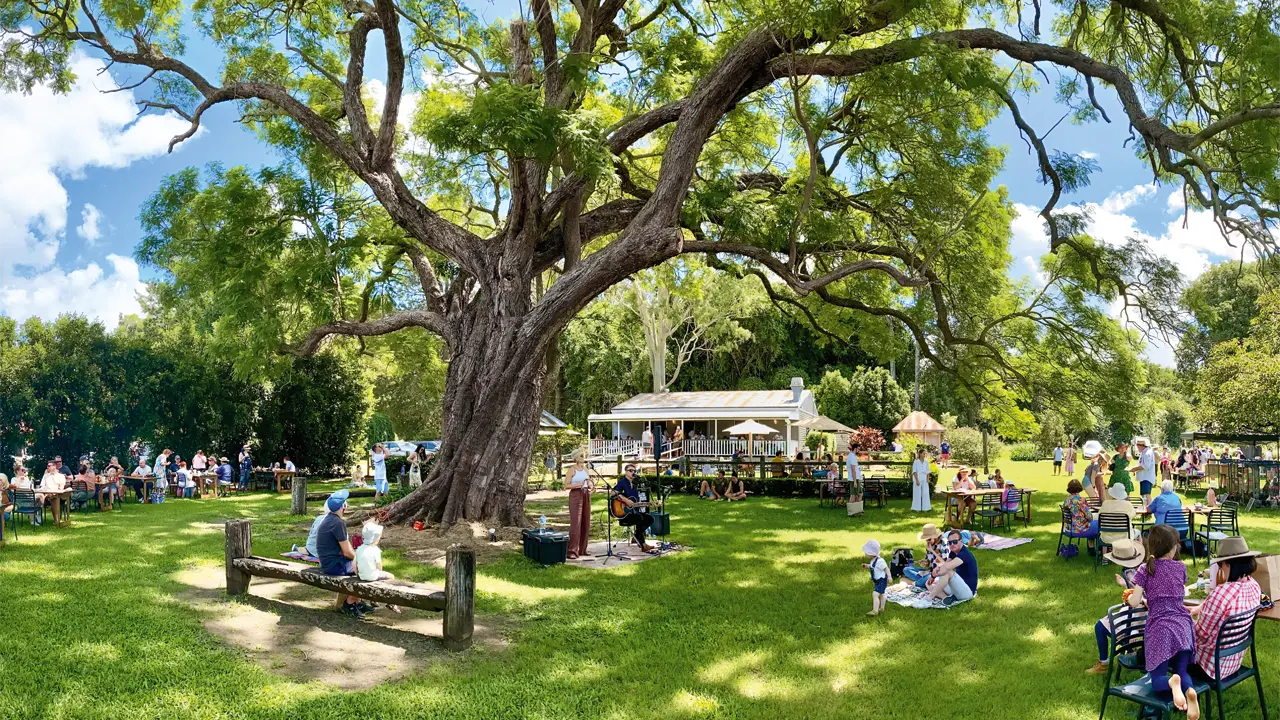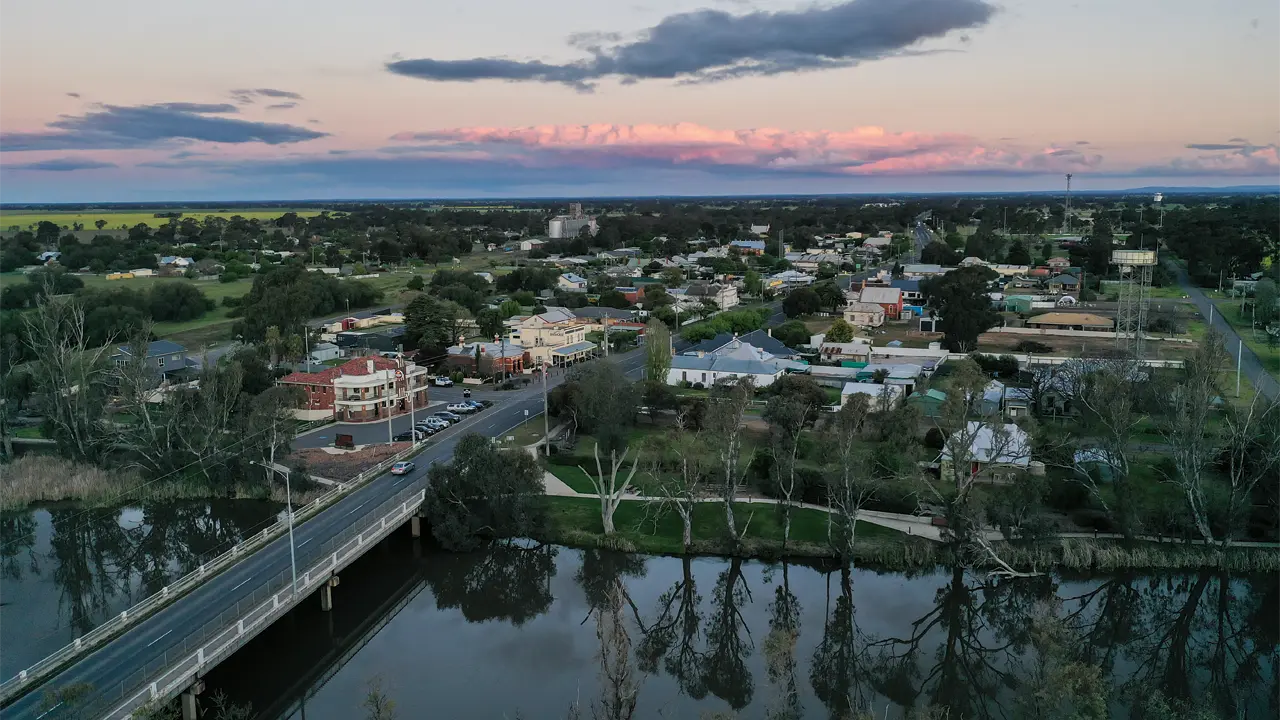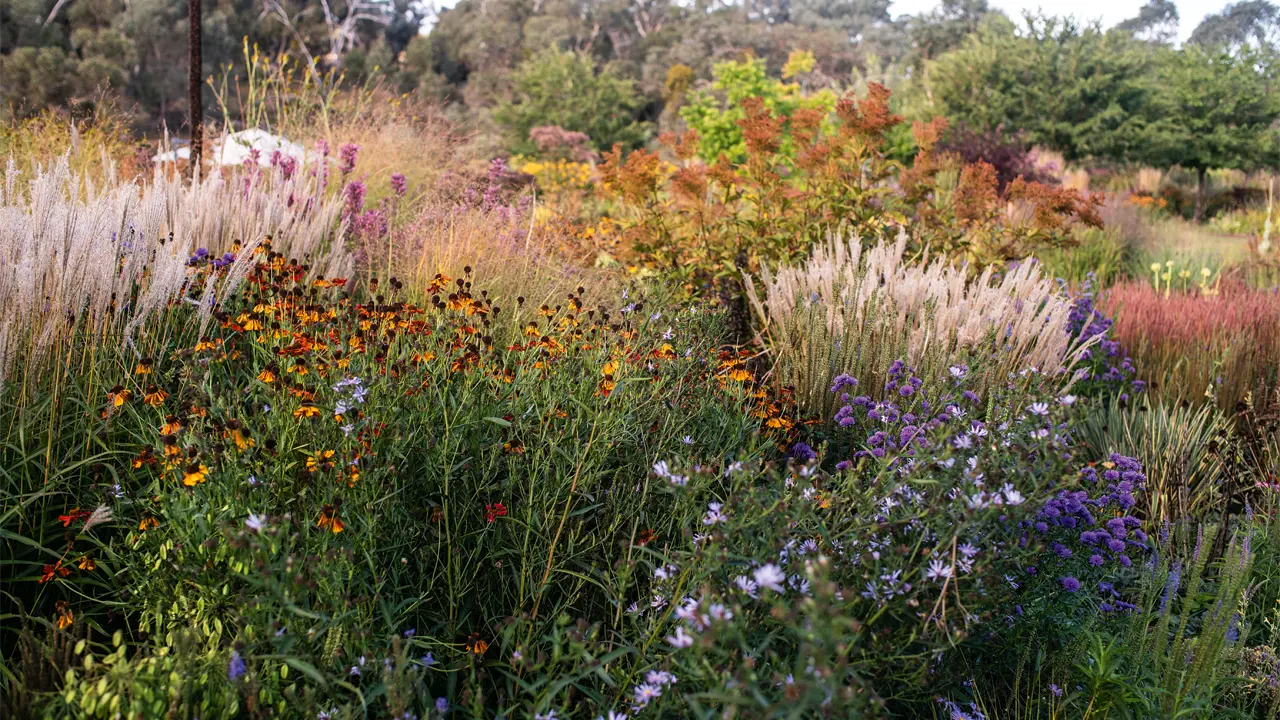Scientific know-how meets traditional family values on Congi Station, T.A.Fields’ showcase sheep and cattle property on the New England Tableland.
Story + Photos Mandy McKeesick
On an aged woolshed table, worn by work and polished by lanolin, fingers run through a fleece as white as a New England frost. Grown on the backs of Merinos grazing the wooded hills of Congi Station, in northern New South Wales, this superfine wool is beginning a journey that will conclude on the catwalks of Europe, where the affluent will clamour for the high-end fashion it will become.
Owned by family business T.A.Field Estates, Congi is the largest superfine wool-growing property in the world, according to principal Michael Field, and its wool attracts international attention. Congi’s story has appeared in Italian men’s fashion magazine L’Uomo Vogue and the name Congi has featured in global ‘slow wool’ campaigns.
“We have a business association with an Italian mill, Botto Giuseppe, based in Biela, Italy,” Michael says. “They take a couple of hundred bales of wool from us a year. Basically we test all the wool and send them the results and they pick out what they want. We charge them a premium as a marketing fee, which allows them to use our name in promotion and advertising. Their main specification for us is that we meet the responsible wool standards, but the big one is that the sheep are certified unmulesed – and they’re paying a big premium for that.”
The use of modern technology to test the wool sits alongside traditional family values, environmental stewardship and animal welfare. “Our priorities are SCS – staff, country, stock, in that order,” Michael says.
Located between Walcha and Bendemeer on the New England Tableland, Congi comprises 10,005 hectares of rolling granite country and, although predominantly a superfine wool property with 45,000 sheep, it also carries 1600 Hereford/Angus cows. Congi is part of a network of blue-ribbon properties owned by T.A.Field Estates across New South Wales. “Wool and sheep make up 50 percent of our operation, followed by cropping (25%) and cattle (15%), with the remaining 10% comprised of water-trading, quarrying and timber,” Michael says.
[PHOTO: Congi Manager Anthony Uren and family - Sophie, Fiona, and Phoebe.]
The full version of this story was published in both OUTBACK magazine and the 2018 edition of our special one-shot magazine OUTBACK Stations.
This story excerpt is from Issue #119
Outback Magazine: June/July 2018










